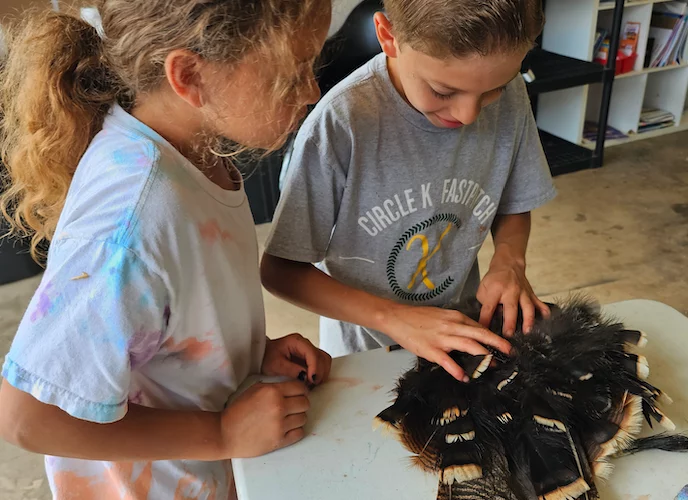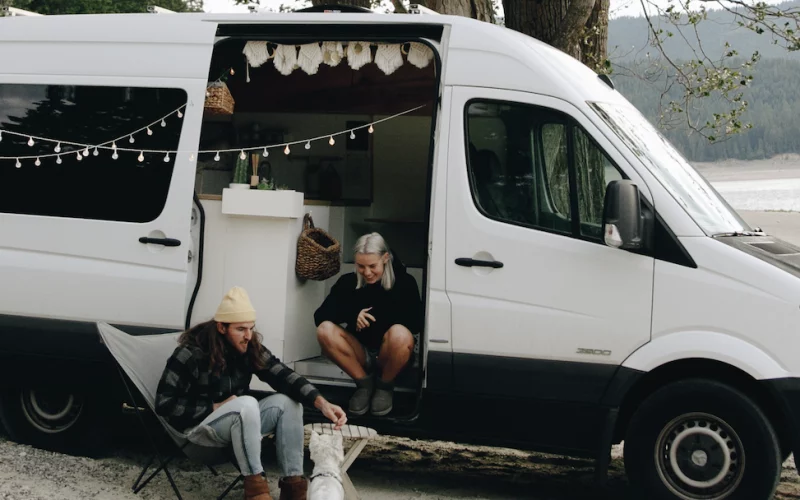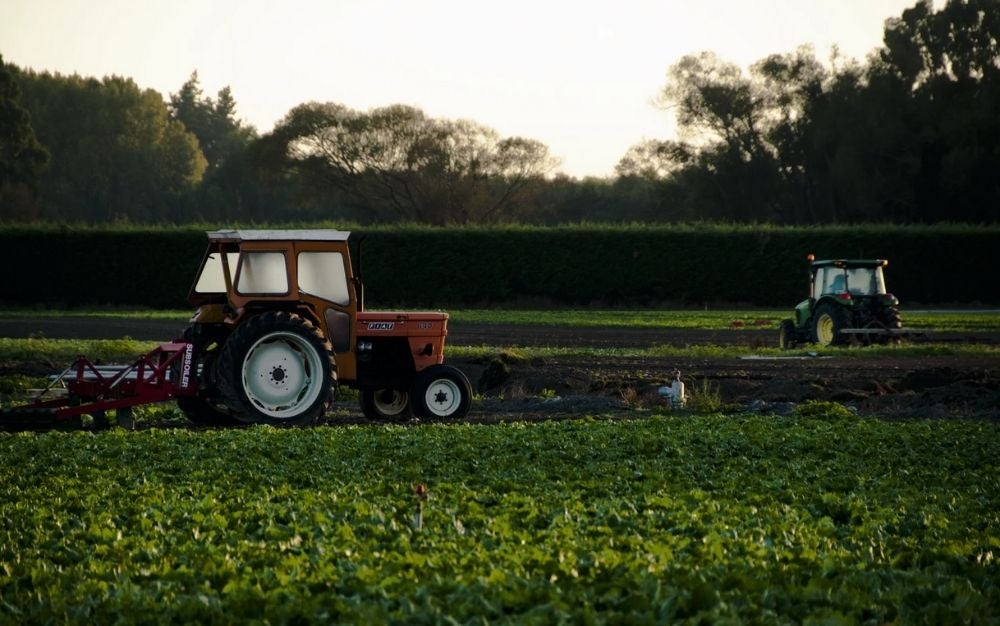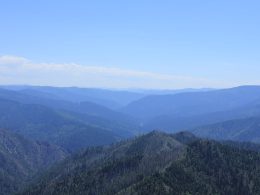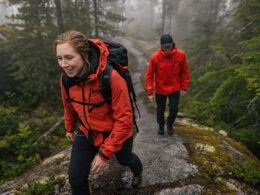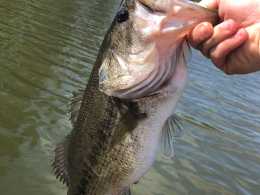Nature Study is a great way to get your kids interested and understanding the outdoors. Naturally kids have questions about things in the outdoors and their processes. I was introduced to the concept of nature study years ago when we started homeschooling. You do not have to be a homeschooling family to start nature study for your family. It is just a plus that it gets to be a school subject around here. So, what is a nature study? Defined by the Oxford dictionary, nature study is the practical study of plants, animals, and natural phenomena as a school subject.
This is not an exhaustive course; but, yet, a superficial age appropriate introduction to nature. As the children grow, the depth of knowledge increases. Most kids want to dig deeper into nature topics. The joy of nature study is answering all those little questions kids have and digging a bit deeper. You get to watch them discover nature and its wonders. If you are an outdoor family this will likely come natural to you. Creating a “nature study” gives you the ability to be more intentional about teaching your kids about the outdoors.
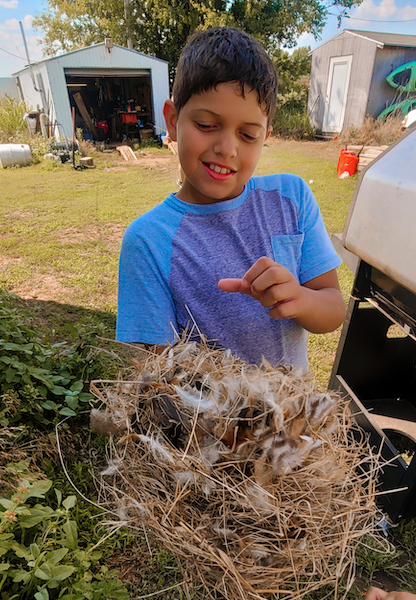
Table of Contents
Course of Study
Everything about nature study sound great. However, it can be a bit overwhelming when deciding how to go about putting together a course of study. It does not have to be overly complicated. Start with going on a nature outing once a week. This can be as simple as a nature walk in your neighborhood or a tour of your back yard. When I started nature study I bought mini sketch pads. Then, I would take pictures on our nature outings. When we returned home we would each draw something we remembered most from the outing. The kids would discuss their observations and ask questions. I even had my own nature journal. There is something about nature that regrounds you. Drawing and journaling became something I looked forward to, as well.
Encourage the children to slow down and observe. Nature outings should not be staged or a formal science lesson. You will be surprised on how many spontaneous opportunities arise when you begin to be intentional. For instance, after rain look for earthworms to appear on the sidewalks and when flowers are blooming observe bees collecting pollen.
When creating you own course, start by breaking the year up into the four seasons. Observe how the environment changes week by week, in that season. Think of events that occur in each individual season that you can focus on. For example, spring everything is budding and blooming. This is a good time to learn the parts of a plant and the plant life cycle. Take a visit local botanical gardens and teach the butterfly lifecycle. In fall time, return to the topic reinforcing with the monarch butterfly’s migrations. Start a little garden of your own, they kids will have the opportunity to observe the plant lifecycle before their eyes. If you are a public school family using the season method will be helpful, since most schools have breaks during each season. Those breaks give great opportunities to create unit studies.
Try to think about things at the kid’s level. What are they seeing most? What are they picking up or asking about often? Studies can be basic, asking: What are the names and different types of bugs? Learn to identify the most common backyard bugs. Dive deeper with learning what is included in the arthropod classification.
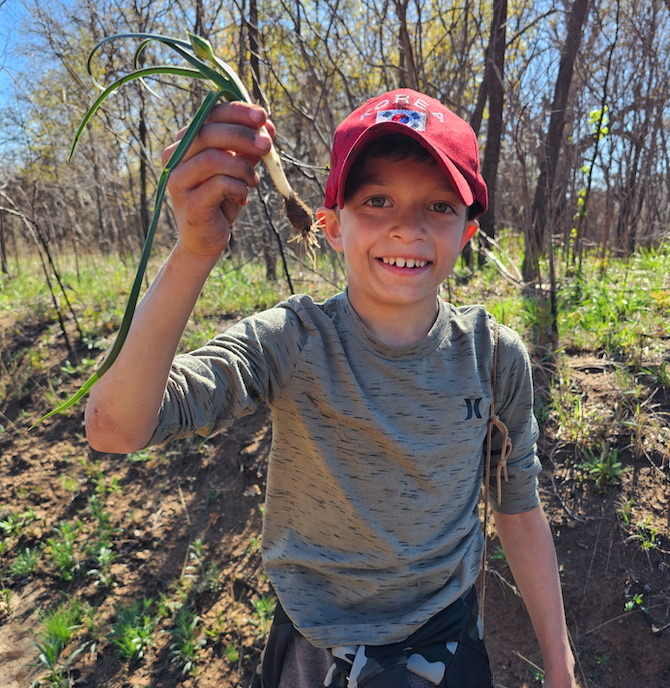
Wildlife is always an interesting topic for kids. Teach the animal kingdoms, classifications, lifecycles and the food chain. Go explore your local ecosystems and habitats. If you are a hunter involve them in your scouting or butchering your harvest. Any opportunity I get to let my kids touch and feel things I take it. One of the fun games I do is have them find and identify animal tracks. I start is animal track flashcards at home and advance to outdoor locations. You can do the same with locating types of animal homes and recognizing excrement.
Many companies are starting to get on-board with the nature study concept. They have begun creating nature journals, curriculum and guided lessons. These definitely help take some of the hassle out of planning and creating a course of study.
Interest Lead
Kids love to get outside. In turn, nature study does not have to be overly formal to make a solid impact! The joy about creating your own course of study is it can be tailored to your child’s interest. If you find you kids begin to show a special interest in a specific topic, run with that! Give kids plenty of unstructured playtime in an outdoor setting. Encourage exploring, building and independence. It is important to spark a love for learning! When you place your kids in nature, they cannot help but use the scientific method. Naturally, they commence to asking questions, observing, theorizing or predicting and experimenting. Ultimately, this leads to learning and that is the goal. Wildlife Trust, conducted a study focused on 450 primary schools. These schools introduced Wildlife Trust-led outdoor activities for children. The study and activities focused on the well-being of the children. The statistical findings reported high percentages on positive affects for education, personal and social benefits. Overall, the children’s well-being increased after they had spent time connecting with nature. Giving children the freedom of unstructured learning in nature will have a lasting impact.
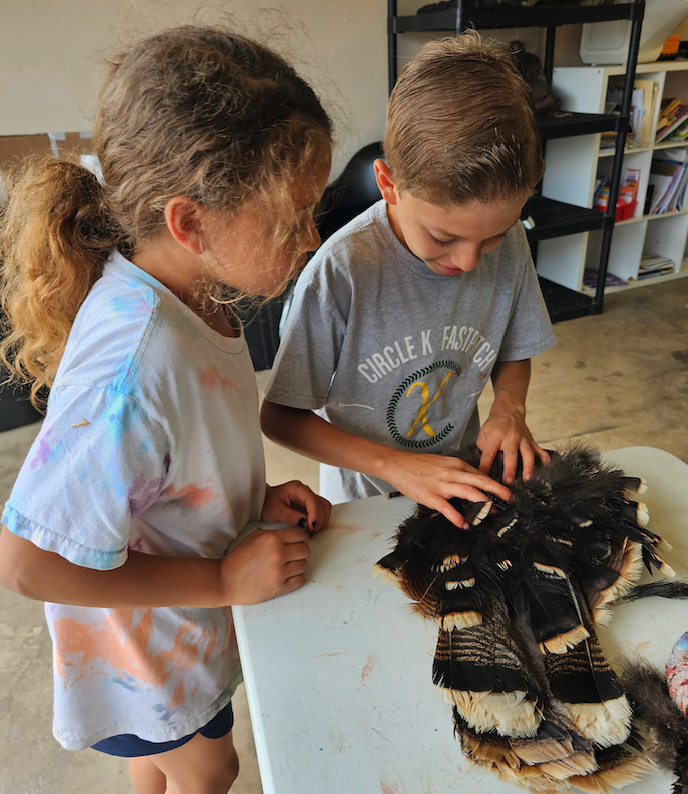
Get Outside and Explore
Going outdoors and taking trips is the fun part of nature study. This is where things become tangible. You never know what you are going to encounter or discover. Again, this does not have to be elaborate. Expose kids to the outdoors and different environments. Their curiosity will naturally spark interests. Your backyard, local parks or a nearby water source, like a pond or lake, are perfect spots to explore. Lay down a watch the clouds, learn the different cloud formations. Take a late summer evening to obverse the stars their formations. This is a good time to explain the atmosphere and how it is made up of gasses.
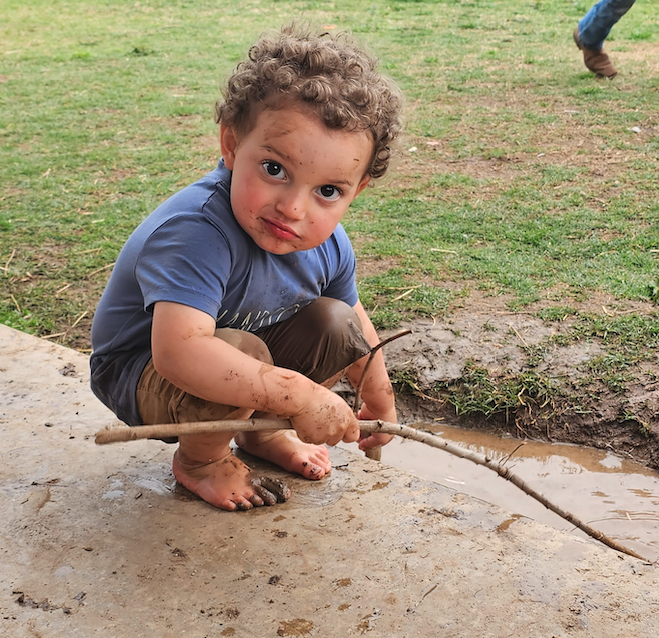
This is a good time to mention exposing your kids to different weather is good for them. There are lots of weather conditions; but, the main ones to note include types of precipitation, various temperature and wind conditions. The water cycle plays a major role in many nature subject matter. Sometimes, physical exposer and real time observation is needed. Weather should not be confused with climate. Climate is the pattern of weather over time. For example, tropical, dry or temperate. There are many types of climate and it would be something to mention when possibly visiting a different location on a vacation.
Build a Nature Center
My kids love to gather nature “souvenirs.” I have created a bookshelf comprised of our nature resources. Including, our books, flashcards, field guides and much more. This is also an area for them to place nature finds. We have everything from deer antler sheds, shells, lots of rocks, a bird nest, feathers and even Native American artifacts. These pieces offer opportunity for on-going discussion. Additionally, they come to cherish the items, in turn, learning to respect them are the sources, too. I also have foraging bags, ponchos, binoculars and magnifying glasses placed here for their use.
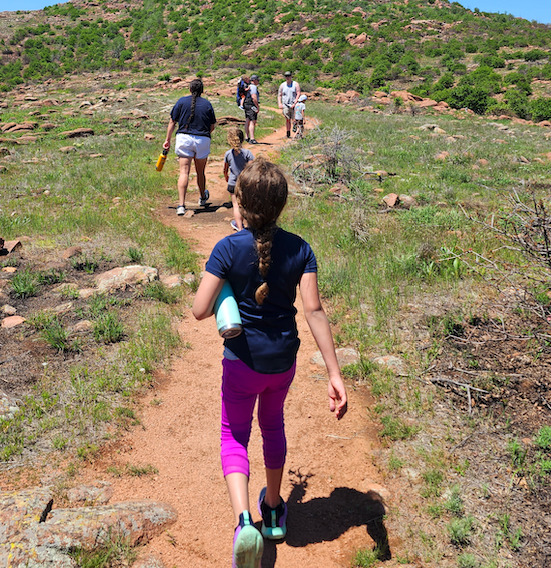
Resources
Resources reinforce the nature topics through various materials. They provide visual opportunities for kids to reference and comprehend subject matter. Books provide the opportunity for kids to read on topics and study pictures in more depth. I find vintage nature posters appeasing to the eye. I have several hanging near our nature center. Posters are thought provoking educational images and also double as themed décor. Picture flash cards can be uses to promote memorization and use to create fun games. Purchasing nature journals are all great additions. Journals can be pre-printed and structured or just blank sketch pads. Of course, using the internet is a very beneficial tool in this modern age. Pinterest is a great source of printables, mini units and useful websites.
Conclusion
In closing, the important thing to acknowledge, is for kids to enjoy nature study. You are the main facilitator inspiring your kids to learn about nature. Encourage their interest and promote comprehension. Kids naturally have a built-in curiosity, it is time we take advantage of that. Just a couple decades ago kids new plant names, things to forage, and animal reproduction cycles. It was a way of life. They acquired so many skills over their life time. According to Savethechildren.org, just 27% of children stated they regularly play outside their homes, compared to 71% of the baby boomer generation. Fact of the matter is, kids today are in serious need of “Vitamin N,” N for nature! Kids are not being given the time outdoors to even discover the outdoors. Creating a nature study for your kids provides an intentional and educational space, for nature in your home. Learning about nature is crucial for raising outdoor kids.

